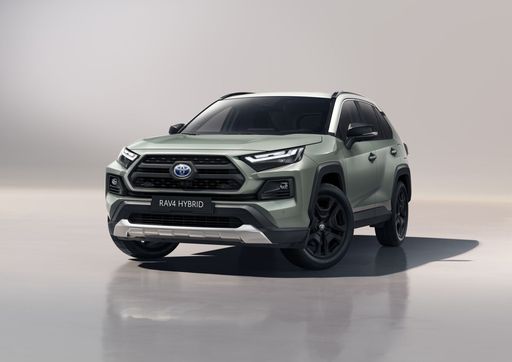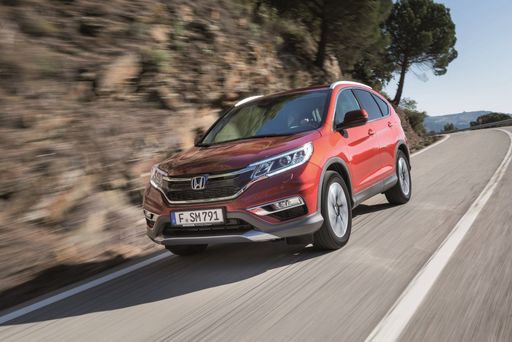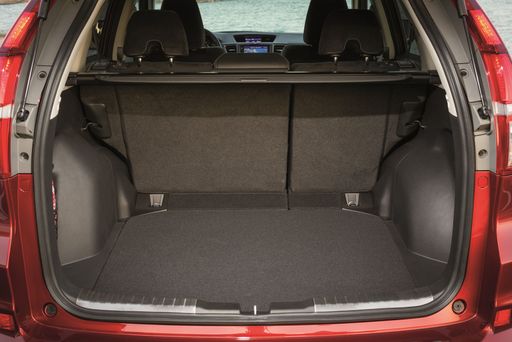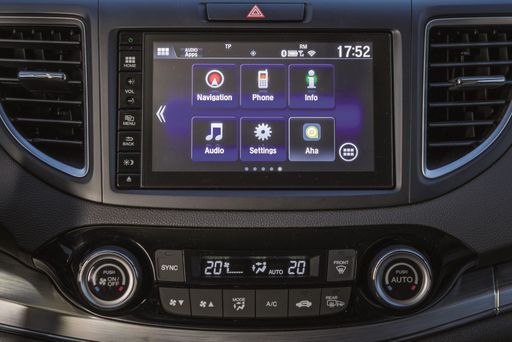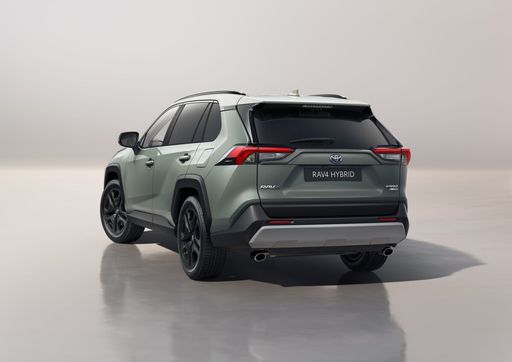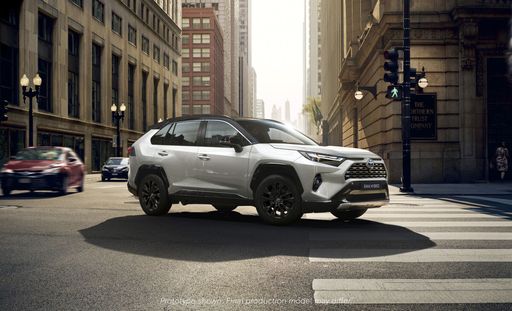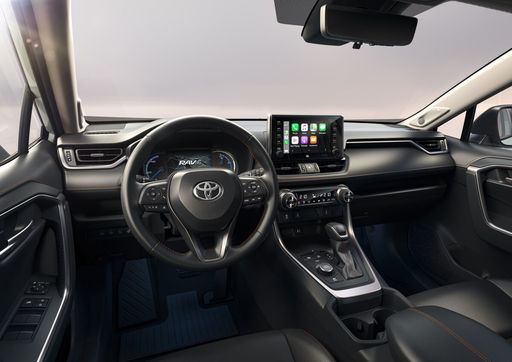Engine Options and Performance
The 2024 Honda CR-V is available in both full hybrid and plug-in hybrid variants, boasting a four-cylinder engine with a displacement of 1993 cm³. The CR-V produces up to 184 horsepower and 335 Nm of torque, and it features a continuously variable transmission (CVT) for a smooth driving experience. This SUV offers remarkable fuel efficiency, with a consumption rate of approximately 6.7 L/100km in hybrid mode, making it an excellent option for eco-conscious drivers. Additionally, its electric range of 79 km caters to those looking for hybrid functionality.
On the other hand, the 2024 Toyota RAV4 showcases a more robust lineup, with power options ranging up to 306 horsepower in the hybrid models. The RAV4 also employs a four-cylinder engine, but its capacity is larger at 2487 cm³, allowing it to deliver impressive acceleration times – as low as 6 seconds from 0-100 km/h in the high-output variants. Fuel efficiency is commendable as well, particularly in the hybrid variants, achieving around 5.6 L/100km. Although the electric range is slightly lower than the CR-V at 75 km, the powertrain performance significantly elevates RAV4's appeal.

